The best wildlife experiences for snorkellers and scuba divers, from tropical waters to UK shores
Best wildlife snorkelling and diving sites in the world
Lady Elliot Island, Great Barrier Reef, Queensland, Australia
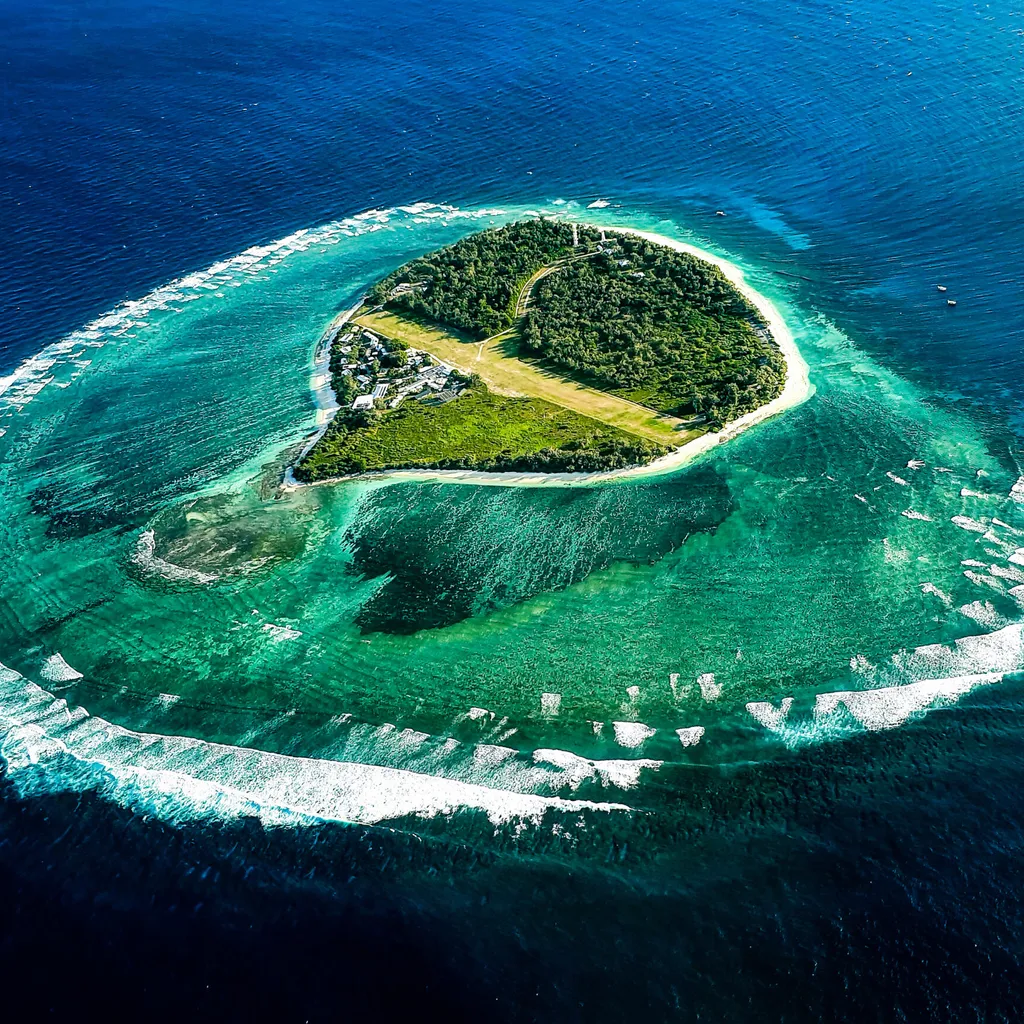
The world’s largest coral reef abounds with snorkelling and dive sites. At its southern tip, the coral cay of Lady Elliot Island ranks among the best. Snorkellers and beginners should make for a shallow lagoon along the island’s eastern edge, while established divers head west for deeper waters.
Closely studied by scientists, large numbers of manta rays gather here from May to September. Loggerhead and green turtles breed on Lady Elliot: females come ashore from November to February, with hatchlings departing between February and April. Guests staying at the island’s solar-powered, sustainability-focused resort can experience the reef at night via a glass-bottomed boat.
Ari Atoll, Maldives
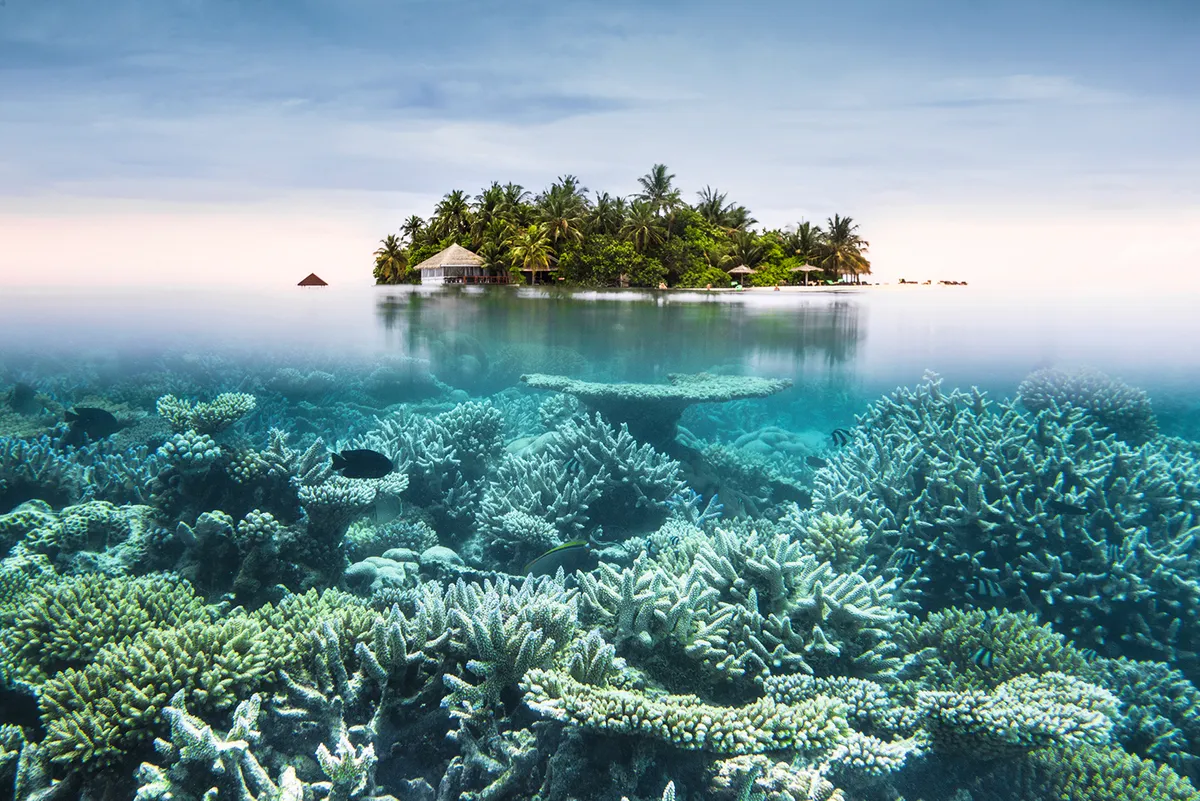
Offering numerous options for world-class diving and snorkelling, the Maldives is a world-class destination for anyone smitten with underwater wildlife. One of the largest atolls with 100-plus islands, Ari stands out for its range of accommodation providers (plus liveaboard boats) and numerous sites for snorkellers, experienced divers and beginners alike. Most underwater exploration here focuses on pinnacles and channels, rather than reefs, making Ari superb for pelagic species. Manta rays are seasonally common and whale sharks reside year-round, but are best from January to April.
Hin Daeng and Hin Muang, Koh Lanta, Krabi, Thailand
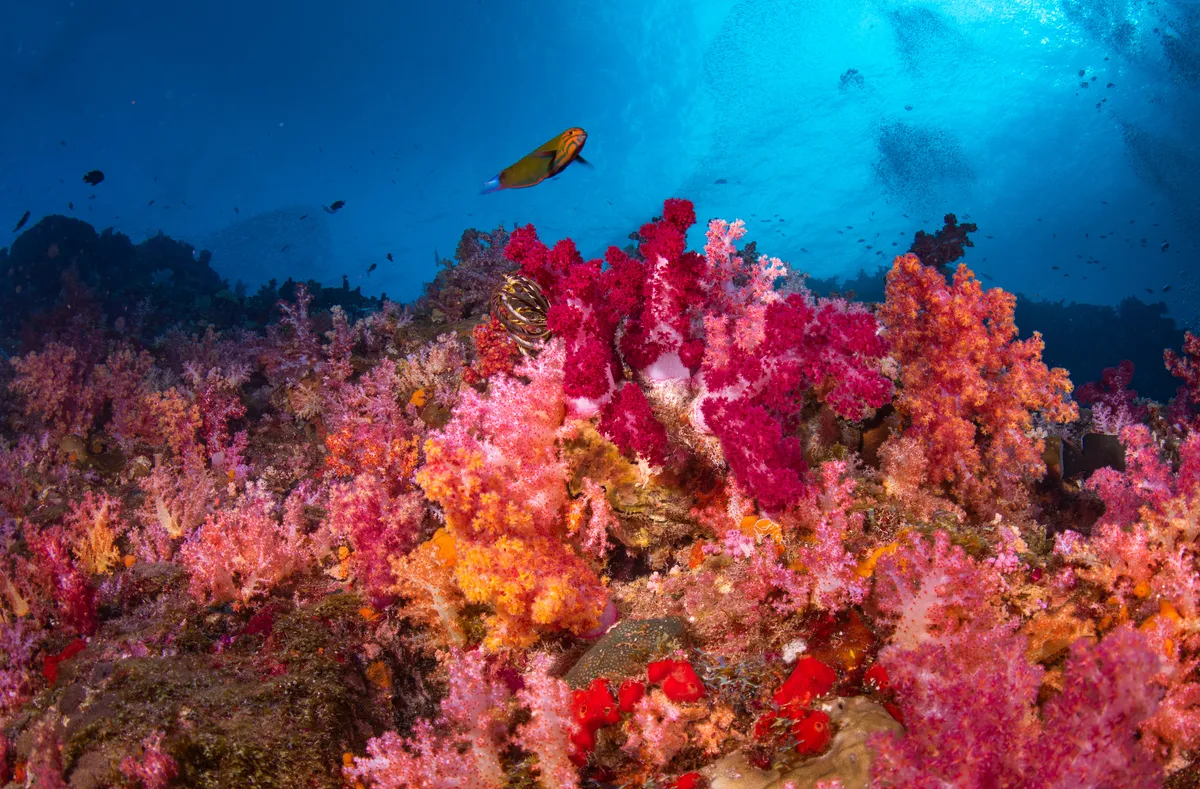
In the Andaman Sea off Koh Lanta, Hin Daeng and Hin Muang are widely considered Thailand’s finest dive sites. Their names derive from the corals dominating each location: red (daeng) and purple (muang) respectively. Hin Daeng excels for manta rays visiting cleaning stations in December and January. Whale sharks and huge shoals of trevally are also regularly seen. At Hin Muang, anemones carpet reefs and sea fans strain outwards from the wall, while grey reef and leopard sharks patrol the depths. Moderately strong currents provide great drift dives, effectively restricting the sites to experienced divers.
Galápagos, Ecuador
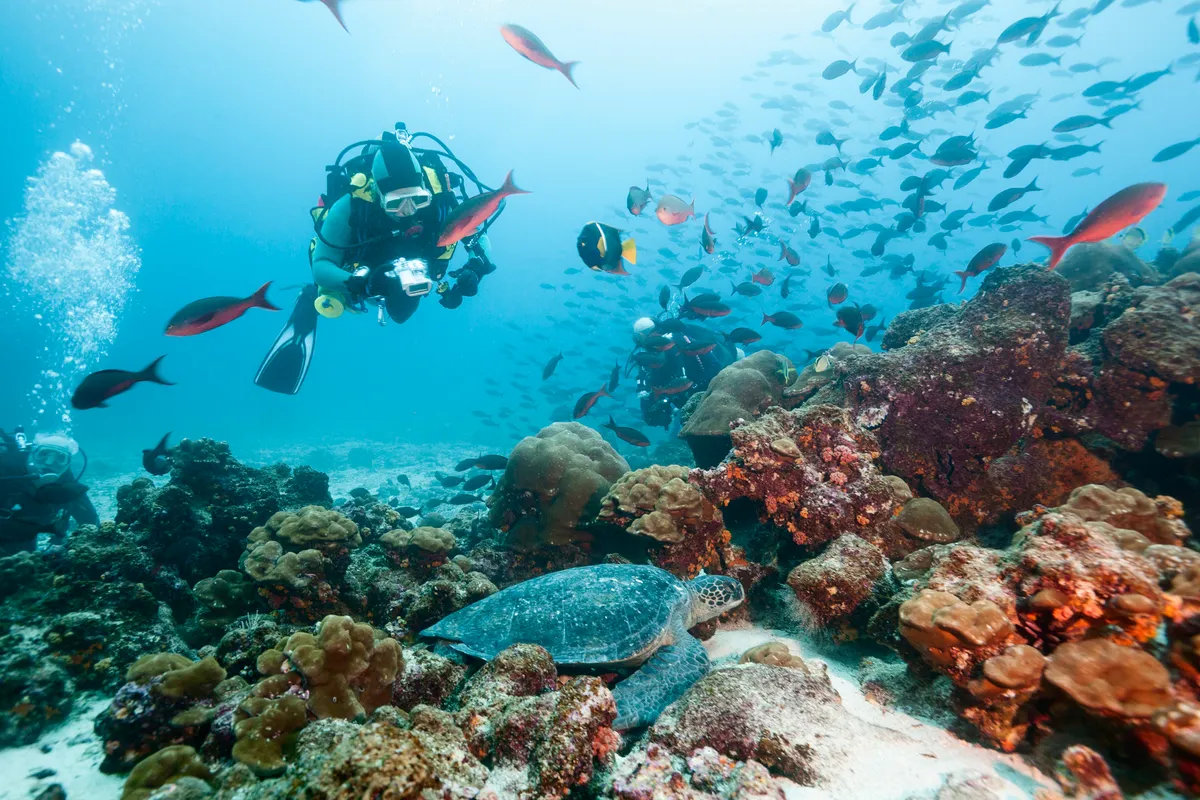
Many visitors to the fabled archipelago content themselves with wildlife on land or marine creatures seen from boats. How they are missing out! Underwater Galápagos is also exceptional, forming one apex of the Pacific Americas’ ‘Golden Triangle’, the others being Cocos Island (Costa Rica) and Malpelo Island (Colombia). In the Galápagos, you can dive with scalloped hammerhead and Galápagos sharks, the former mainly around the northern islands but also off the central landmass of Santa Cruz. Snorkellers have a blast swimming with green turtles, being investigated by Galápagos sealions and having Galápagos penguins zip between their legs.
Eilat, Israel
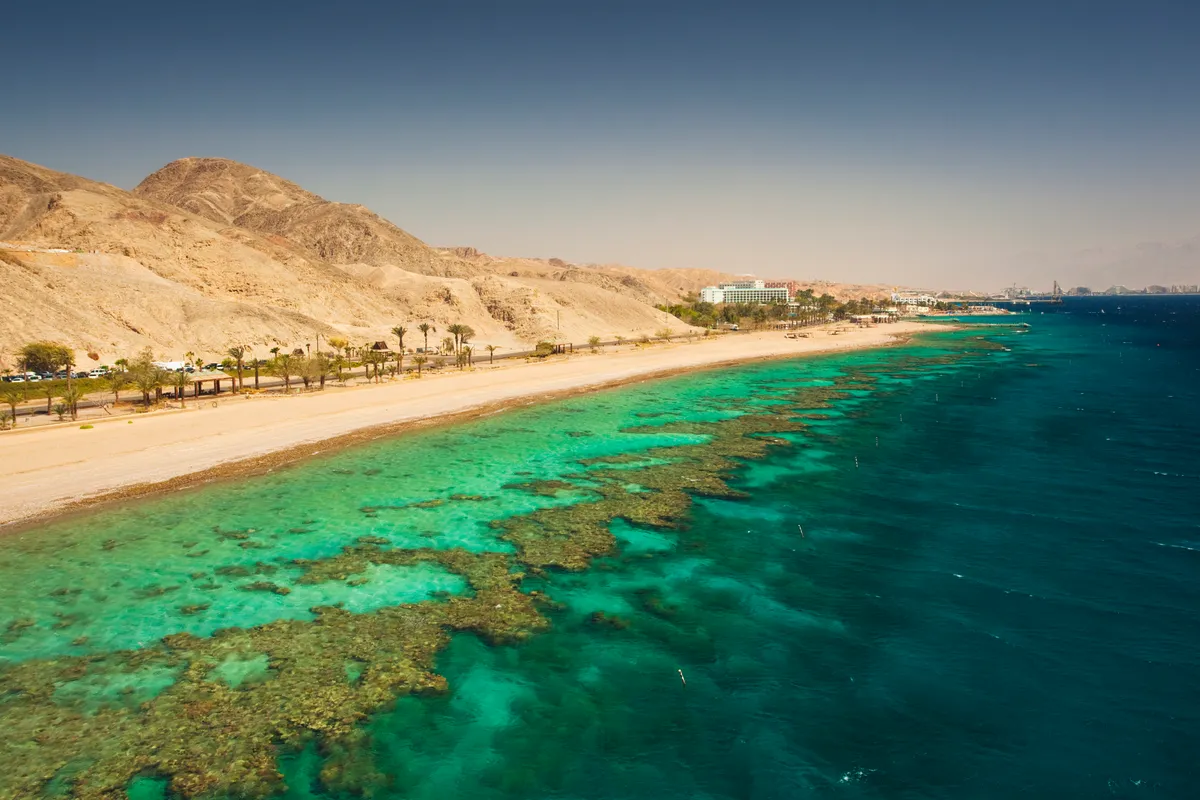
Eilat sits at the head of the Red Sea, which has long been established as a premier site for snorkelling and diving. Shallow, protected reefs lie just off the beach, avoiding any need for a boat. Red Sea anthias flutter above pagoda-like table corals, while other cool wildlife includes orange clownfish, sohal surgeonfish, emperor angelfish, crocodilefish and frogfish.
If you fancy staying dry, if only temporarily, an underwater observatory provides an alternative window on Eilat’s coral reefs: an immersive experience without actual immersion. You can even help the environment: this thriving tourist resort has introduced a chemical-free sunscreen to minimise coral bleaching.
Kimmeridge Bay, Dorset, UK
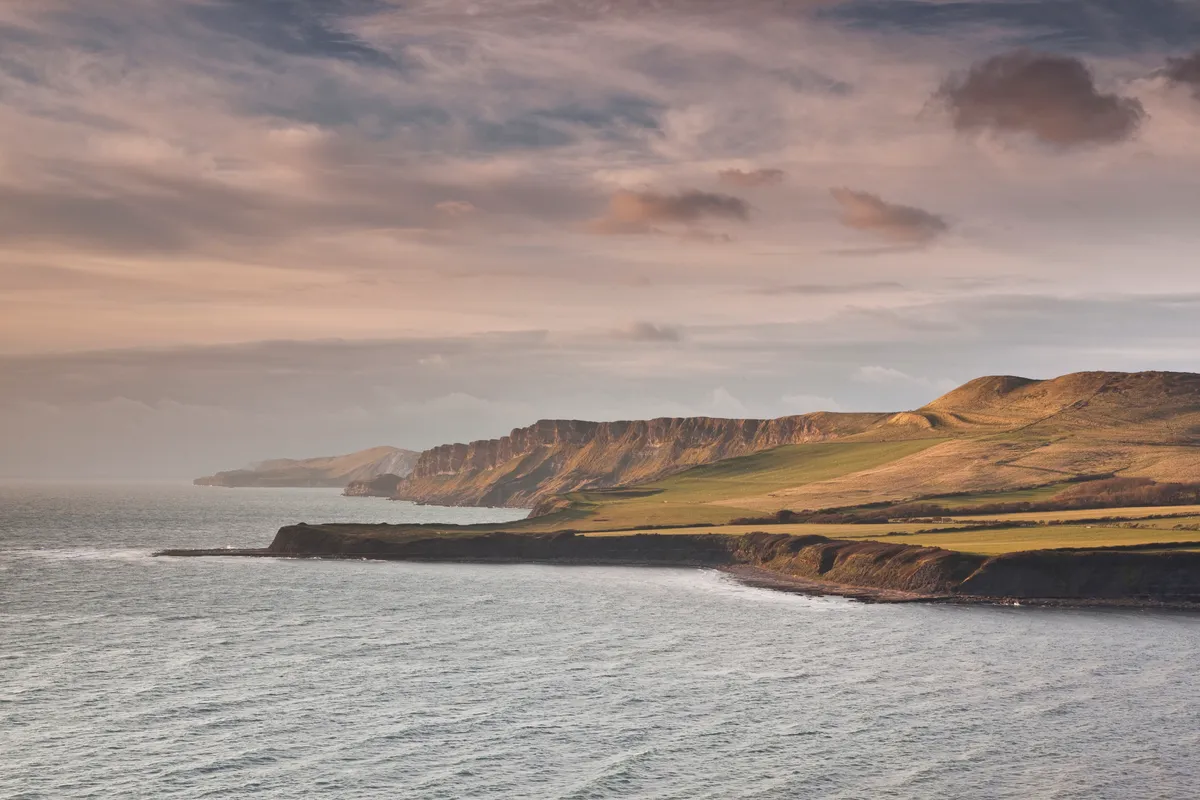
Dorset’s Kimmeridge Bay provides ample evidence that UK-based snorkellers and divers can have great wildlife experiences without recourse to tropical coral reefs. In a cove backed by soft shale cliffs, wetsuit-clad naturalists follow Dorset Wildlife Trust’s 400m-long snorkelling trail to investigate seabed diversity from sandy bottoms through rocky reefs to seaweed gardens.
The latter astonish: although peacock’s-tail seaweed is less colourful than its name suggests, tamarisk seaweed is stunning and Japanese seaweed sumptuously golden. In their midst are tompot blennies (replete with punky horns), worm pipefish, Connemara clingfish, and ballan and corkwing wrasse – multi-coloured fish that will make you think you’re in tropical waters.
La Herradura, Andalucía, Spain
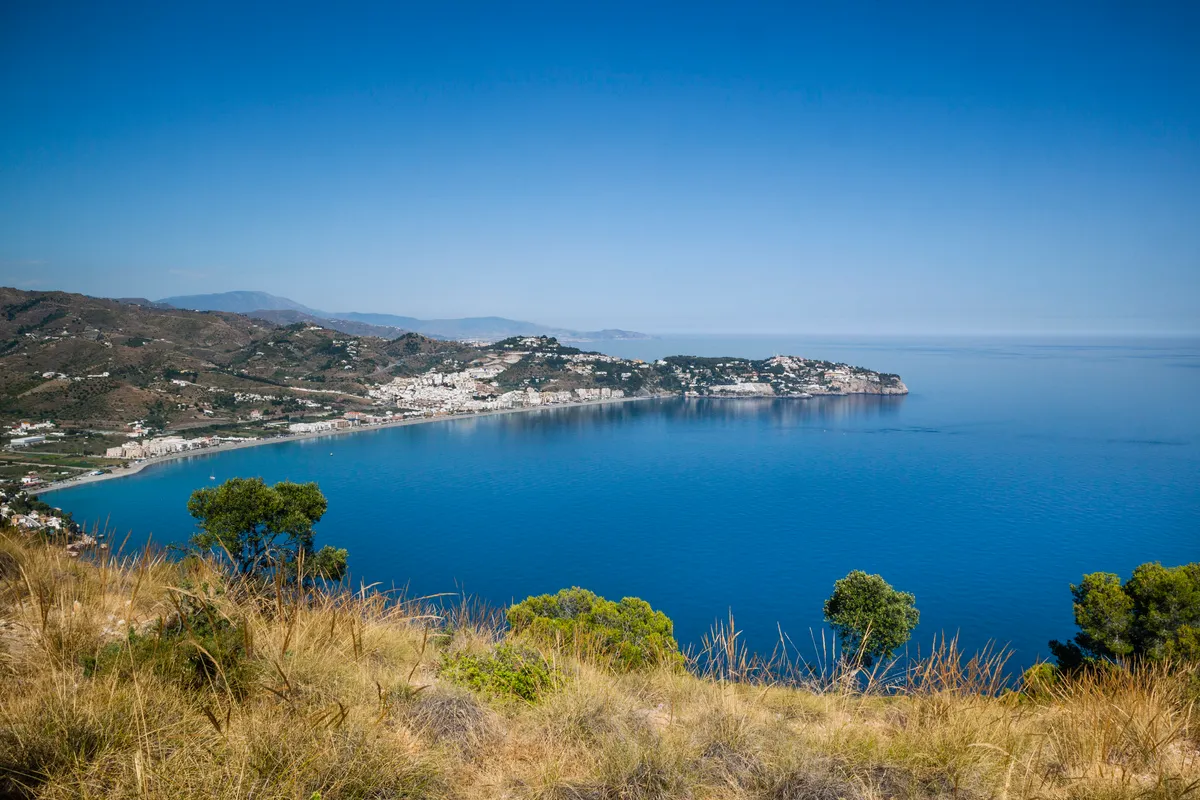
An under-the-radar Mediterranean gem, the sheltered, rocky bay of Marina del Este is ideal for beginner snorkellers and divers – or anyone craving underwater wildlife when holidaying in southern Spain. Simply walk off the beach (or even straight from your hotel) and launch into calm waters with excellent visibility and abundant fish.
Colourful anemones, sponges and sea squirts cover huge boulders that are buzzed by long-striped blenny and cardinalfish, ornate wrasse, white-spotted octopus, spiny squat lobster and forkbeard. My daughter rated it a “10/10 experience: like being in [animated marine BBC TV series] Octonauts”.